Activated charcoal is a substance used in many areas. It can be derived from almost any carbonaceous matter made mainly of elemental carbon. The most common is charcoal produced from plant tissues. Physical activation releases previously adsorbed materials and increases particle size through high temperatures and gases. As a result, a material of excellent porosity is produced. Through the process of activation, carbon can be utilized for medical purposes.
At present, activated carbon is used primarily as a gastric decontaminant. The substance is activated, and subsequently, intermolecular forces increase rifampicin and toxins' adsorption. The organic compounds end up sticking together. As early as the nineteenth century, charcoal was used as an antidote. Currently, activated charcoal is still used to treat various forms of poisoning.

Its popularity for this purpose has waned to a degree, though studies do show that it can effectively bind to many toxins and poisons. Patients must be given activated charcoal in the correct suspension by mouth, at the proper time, and in the correct quantity.
It should be noted, however, that some risks and problems accompany the consumption of activated charcoal, as well as pills. Many patients should not be given this medication. Recently, chemically activated charcoal has been utilized as a food supplement. This substance's unique adsorption properties make it appropriate not only for poisoning. Carbon can also be used after activation in cosmetics. Learn more about activated carbon.
Activated carbon is a unique substance used for different purposes. Carbon is highly adsorptive due to the porosity of its structure, which the activation process contributes to obtaining. Burning fragments of plants form pores in an insufficiently oxygenated environment. So, porosity is the characteristic of activated carbon that may account for the ability of carbon to adsorb and tightly bind other chemical compounds, including pollutants and toxins.
Any form of carbon can absorb harmful compounds from the digestive tract or the skin's surface, not only from the soil. In the case of carbon, it adsorbs primarily the types of toxins that are in a non-ionized form![]() . Accordingly, activated charcoal is certainly inapplicable if a toxin is composed of water-soluble molecules since these are, by definition, those not absorbed by the perfectly ionic carbon.
. Accordingly, activated charcoal is certainly inapplicable if a toxin is composed of water-soluble molecules since these are, by definition, those not absorbed by the perfectly ionic carbon.
Therefore, considering its adsorptive capacity and solubility, activated carbon cannot adsorb alcohols, many metals, and minerals since they are polar compounds. Furthermore, many other substances are not absorbable by activated carbon, either, though the components of many medications that can cause overdose are used.

Because of its adsorption capacity, activated carbon is applied in these activities:
Activated charcoal is used to treat patients poisoned with various types of poison. If the poisoning with a poisonous substance took place no more than 1 hour ago, patients are given an oral suspension of activated charcoal. The carbon in the human body absorbs the toxic substances consumed, thereby diminishing the absorption. This reduces mortality, poisoning complications, and the duration of the poisoning itself.
Activated charcoal is also used for certain types of poison that have to be absorbed by the substance. These include a considerable amount of pharmaceuticals, such as overdoses of aspirin![]() , some amphetamines
, some amphetamines![]() , and nicotine
, and nicotine![]() . An unusual use of activated charcoal is to prescribe it for the therapy of patients with celiac disease who take a large amount of gluten. Still, this action needs more research for confirmation.
. An unusual use of activated charcoal is to prescribe it for the therapy of patients with celiac disease who take a large amount of gluten. Still, this action needs more research for confirmation.
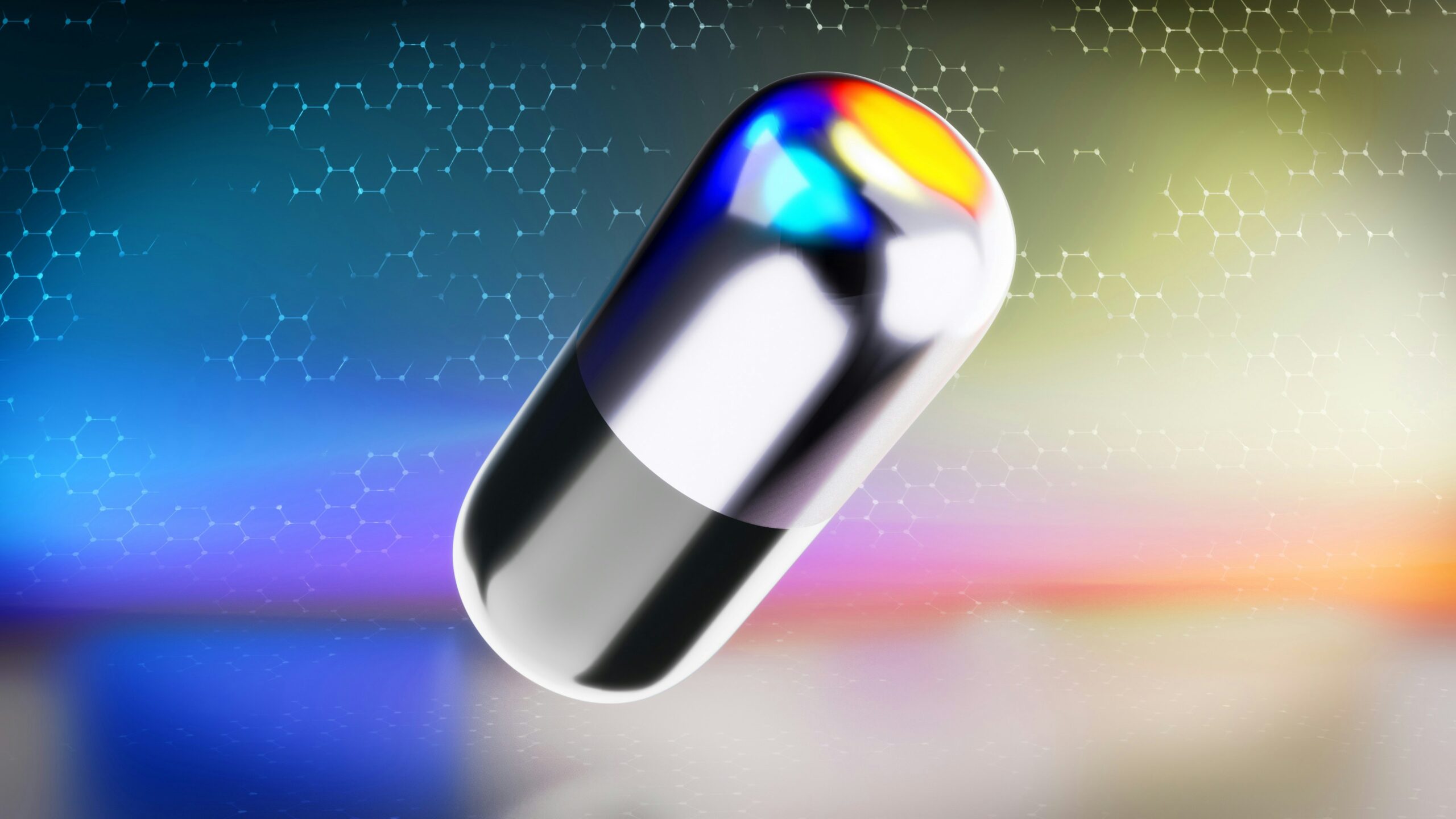
In addition, activated charcoal can be used for diarrhea. It is relieved far because the substance has adsorbing properties. That is, the activated carbon binds to the components that provoke diarrhea. The above therapy is due to its adsorbing effects because charcoal adsorbs toxins from the carbon and bacteria, which may be unwanted substances. More importantly, even its results become visible within hours after the onset of action.
Nevertheless, it can take up to a day for the results to become evident because the source of diarrhea will be exposed sometime before the activation. If you have diarrhea, the dose should be as per packet information or as directed by your medic. As such, it is imperative to remember that not all causes can be treated by activated charcoal. This depends on the different effects of use. Bacteria and viruses are often causative agents of diarrhea.
Noteworthy, the carbon will adsorb all these causes. The mentioned conditions can be experienced along with other problems; hence, using activated charcoal for treatment is best. Furthermore, the primary priority of the treatment s is lower side effects than the standard treatment measures for diarrhea.
Severe food allergies are very dangerous. Anaphylaxis![]() , like poisoning, is a life-threatening condition in which the allergen has entered the body. Only by removing the allergen from the digestive tract can a person be saved. One method of treating anaphylaxis is the use of activated charcoal. Allergy treatment with carbon can be fast and effective.
, like poisoning, is a life-threatening condition in which the allergen has entered the body. Only by removing the allergen from the digestive tract can a person be saved. One method of treating anaphylaxis is the use of activated charcoal. Allergy treatment with carbon can be fast and effective.
However, it should be noted that charcoal is usually used only as an adjunct in treating anaphylaxis caused by food and medicinal agents taken orally. In this case, the timely use of charcoal allows one to remove the allergen from the body and feel good quickly. On the other hand, you can be sure that not all types of allergies will respond to therapy in this way.
In recent years, the use of activated carbon has been vastly expanding. Moreover, carbon is added to diverse cosmetic products. The substance's adsorptive property helps capture toxins and chemicals from the surface of our skin. Carbon added to cosmetics also adds antibacterial and antifungal properties. Moreover, charcoal-containing cosmetics clean clogged pores, and application on rinsing off helps detoxify the skin's surface after washing or using exfoliants.
Activated carbon can also adsorb grease and impurities stuck to our skin. It is added to cosmetic products to eliminate dark spots, treat hyperpigmentation, and brighten the skin.
Many cosmetic and pharmaceutical companies add charcoal to their products to cope with adult acne![]() and skin inflammation
and skin inflammation![]() . Moreover, charcoal removes dandruff and dirt from the scalp, which is why today's shampoos contain it. Still, more research should prove that activated charcoal is efficient in cosmetics.
. Moreover, charcoal removes dandruff and dirt from the scalp, which is why today's shampoos contain it. Still, more research should prove that activated charcoal is efficient in cosmetics.

Carbon is mainly used in air and water purifiers. Carbon filters trap contaminants as air and water pass through them. By trapping microorganisms and chemical pollutants, the water and air become cleaner. It can also be used to filter volatile chemicals present in the air. When the air is passed through these activated carbon filters, odors are trapped, and the surrounding air is purified.
Also, carbon is used to purify gaseous substances. For example, gas mask carbon was replaced by synthetic sorbents, aluminum hydroxide, and silicon oxide, which work more efficiently. After passing through the filters, the air is cleaned using activated carbon, a barrier to harmful pollutants. It would be ideal for all filters to enable such an effect. The product is also very efficient as small amounts of activated carbon and small filter modules are required. That means that the equipment will last us longer.
Other types of production that can benefit from activated carbon are accessories, molding shops, paints, various composites, and plastics. The significance of activated carbon in producing these items is justified because it is a non-toxic substance derived from cheap and easily obtained wood and various agricultural production biowastes.
Activated charcoal is also available in capsule form and is taken as a dietary supplement. Using activated charcoal is a method of supporting the body in the fight against infections. Although it is impossible to fight viruses that cause flu or cold directly, the body fights with the help of an immune reaction. Activated charcoal can support it because it adsorbs toxins and pollutants that burden the body. Adding it as part of the diet brings beneficial effects, among others, due to its unique adsorption properties.
Activated charcoal supports the body's digestive functions, relieves flatulence and bloating, and supports lipid metabolism. However, carbon can interfere with absorbing nutrients, vitamins, and other supplements. Because of this, it is worth considering whether taking activated charcoal as a dietary supplement is worth it before using it.
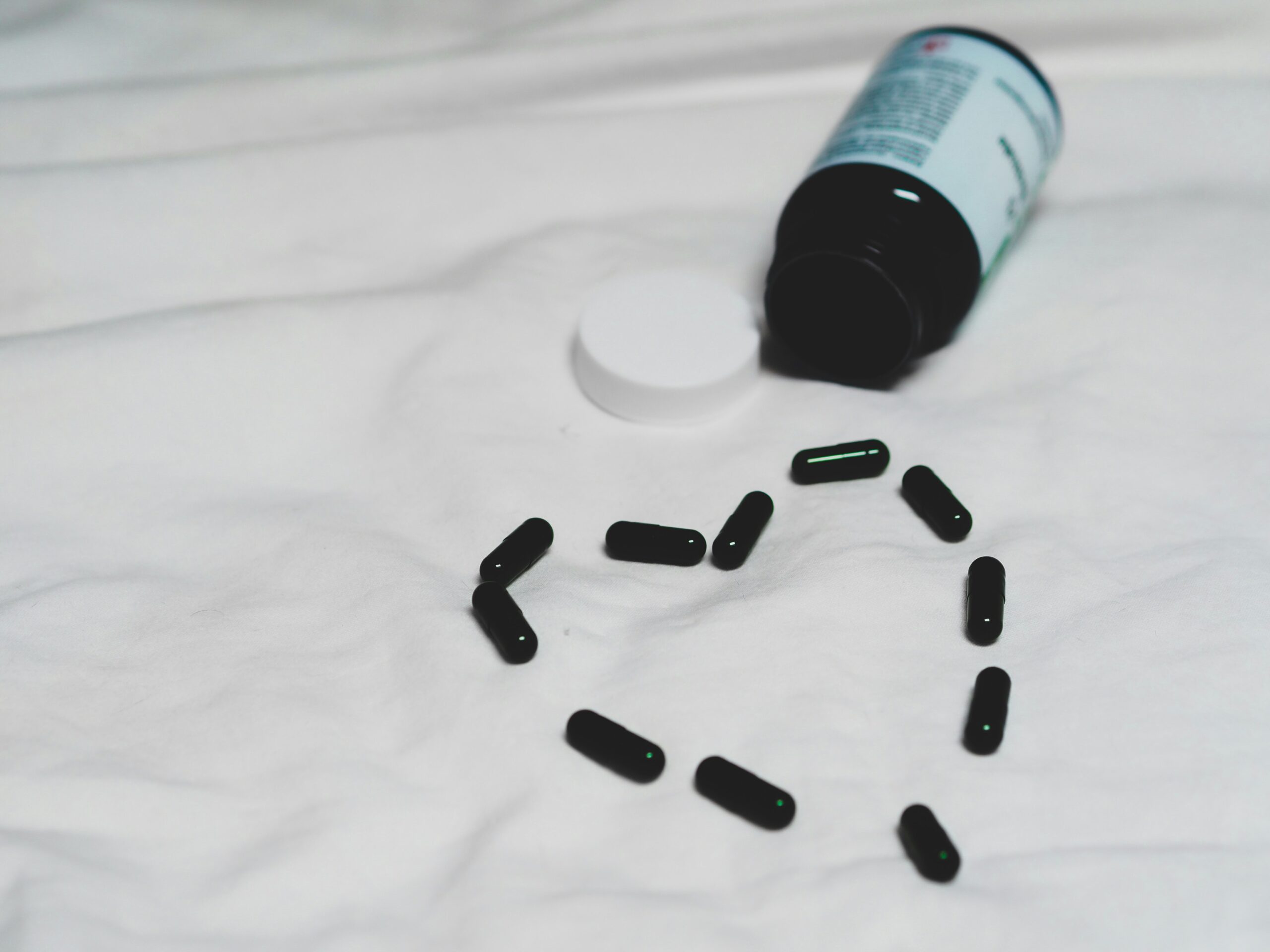
Some risks may be associated with using activated charcoal, yet the level of risk depends on the doses taken and the therapeutic goals plans. When carbon is used to treat poisoning, some complications and side effects can occur. The most dangerous one is pharyngitis![]() , which is caused by using carbon. This complication may cause breathing problems and death.
, which is caused by using carbon. This complication may cause breathing problems and death.
Therefore, doctors always evaluate airway patency before any dose of activated charcoal. Risks and possible complications include vomiting, mainly if the carbon product contains sorbitol![]() . In this case, risks are minimized significantly. The mental status of patients taking carbon should be monitored. Finally, there are certain cases and health conditions in which activated charcoal is contra-indicated. These are:
. In this case, risks are minimized significantly. The mental status of patients taking carbon should be monitored. Finally, there are certain cases and health conditions in which activated charcoal is contra-indicated. These are:
First, a doctor must secure a patient's airway about to be treated with activated charcoal. An unprotected airway or a lack of awareness poses a severe risk of the most dangerous complication of activated charcoal administration: aspiration of charcoal into the lung, which can cause severe respiratory distress and even death.
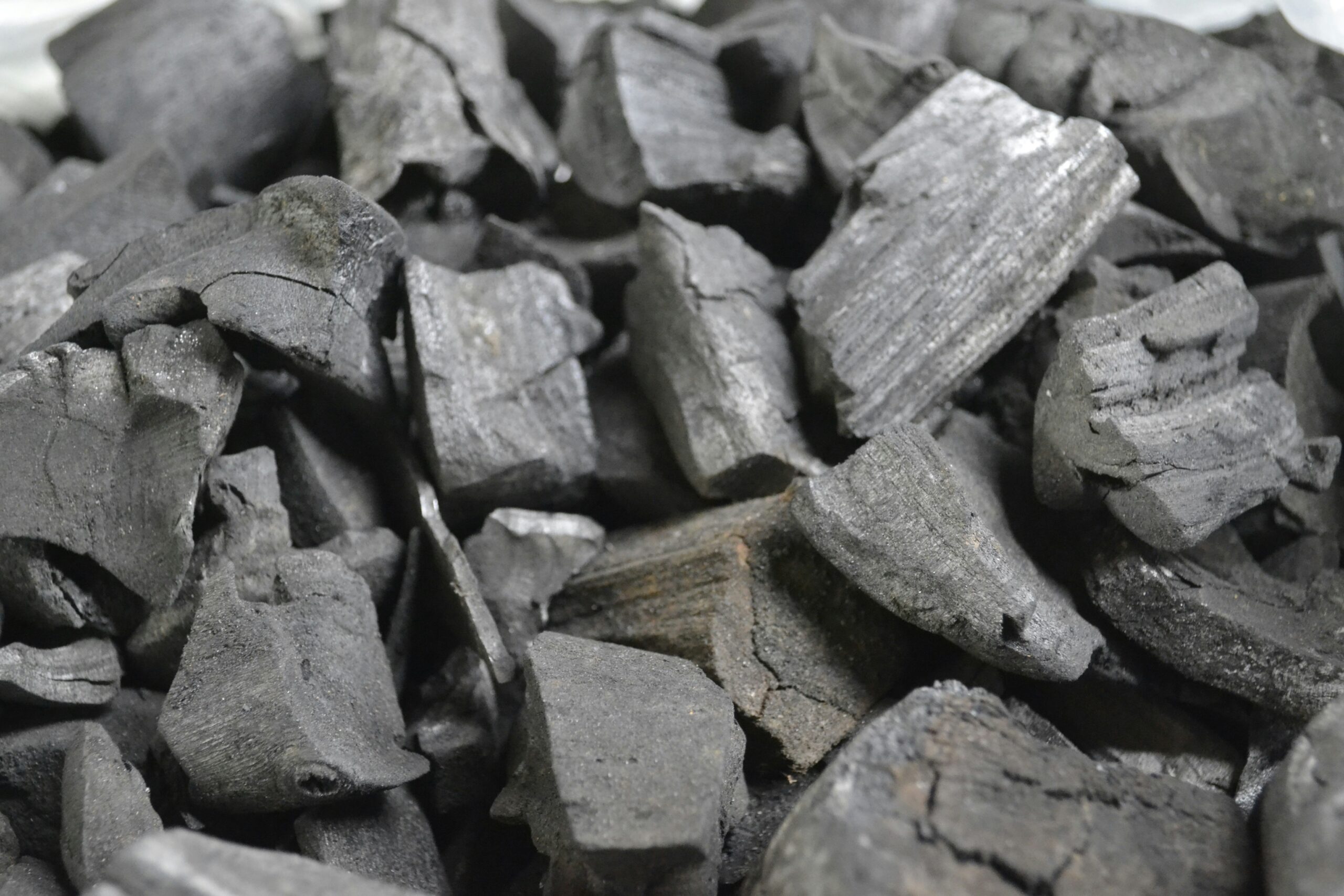
Various types of gastrointestinal problems can contraindicate the use of carbon. For instance, intestinal obstruction in patients makes treating them with activated charcoal impossible. When orally used, carbon affects the intestines, and its active ingredient absorbs not only the toxins in the intestine but also the toxins in the intestine. The carbon inhibits the absorption of different compounds in the gastrointestinal tract.
It also inhibits the secondary absorption of the compounds excreted to the intestines, and if these are obstructed, complications occur. Activated charcoal should not be used in cases of an upset stomach, acute abdominal pain, or ulcerative colitis. Surgical procedures that can result in bleeding or perforation of the gastrointestinal tract also contraindicate the use of activated charcoal.
Activated charcoal is a substance that should not be combined with certain medications. The ingestion of MDACs and other such antimuscarinics and opioids will lead to side effects such as vomiting. This, in turn, will lead to more problems if peristalsis is likely to decrease as the patient ingests these substances. It will seem as if the opioids and other such substances may serve to lead to more changes in the gut.
MDACs![]() in patients should also be watched out for. If a patient receives such medication, it should be followed by signs and symptoms of obstruction or potential aspiration.
in patients should also be watched out for. If a patient receives such medication, it should be followed by signs and symptoms of obstruction or potential aspiration.

Whereas activated charcoal therapy is not advisable by a physician, medics opt to carry out endoscopy on patients. Endoscopic procedures help treat many diseases, with gastrointestinal early forms being the primary beneficiary. Attempting endoscopy after the patient has consumed activated charcoal will be fruitless since the material in the system will obscure endoscopic visualization. It will result in an unnecessary failure of a helpful examination.
Charcoal fights a variety of toxins and contaminants. However, there are chemical compounds that are not affected by activated charcoal. These toxins cannot be absorbed, so using charcoal will not help. Metals, alcohols, acids, and electrolytes are not absorbed by carbon. They lack susceptibility. That is, these toxins cannot be absorbed to varying degrees by charcoal. Because of this, alcohol![]() and heavy metal
and heavy metal![]() poisoning cannot be treated with activated charcoal; that is, it should not be given to alcoholics or those poisoned by mercury, lead, and other heavy metals. Cyanide is also on the list.
poisoning cannot be treated with activated charcoal; that is, it should not be given to alcoholics or those poisoned by mercury, lead, and other heavy metals. Cyanide is also on the list.
Activated carbon is an outstanding substance used in many spheres. Carbon is highly adsorptive, which is explained by its porosity. The primary use of activated carbon includes its properties as a gastric decontaminant. It is essential to add that activated charcoal is still administered while managing numerous types of poisoning.
Moreover, charcoal is also effective for allergies and diarrhea. This substance can be combined with other components used in cosmetology and air and water filters. However, it is vital to note that consumption of activated charcoal is connected with risks and problems. This medicine is contraindicative to many patients, as it is associated with severe complications.
Table of Contents

Hypercapnia is a condition in which the partial pressure of carbon dioxide in our blood is increased. This can be… read more »

If food is spoiled, undercooked, or contains certain types of bacteria, toxins, or other harmful substances, it may cause food… read more »
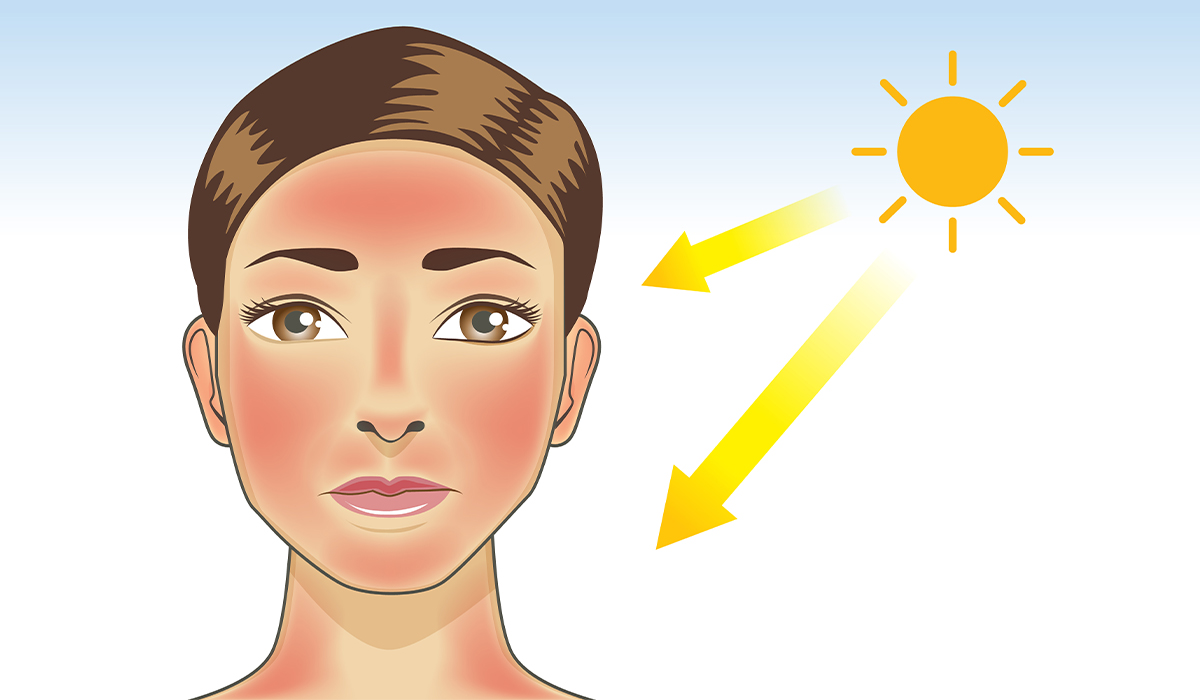
Sun Poisoning is a more severe form of sunburn. Additional distressing symptoms may occur. Learn about the effects of sun… read more »
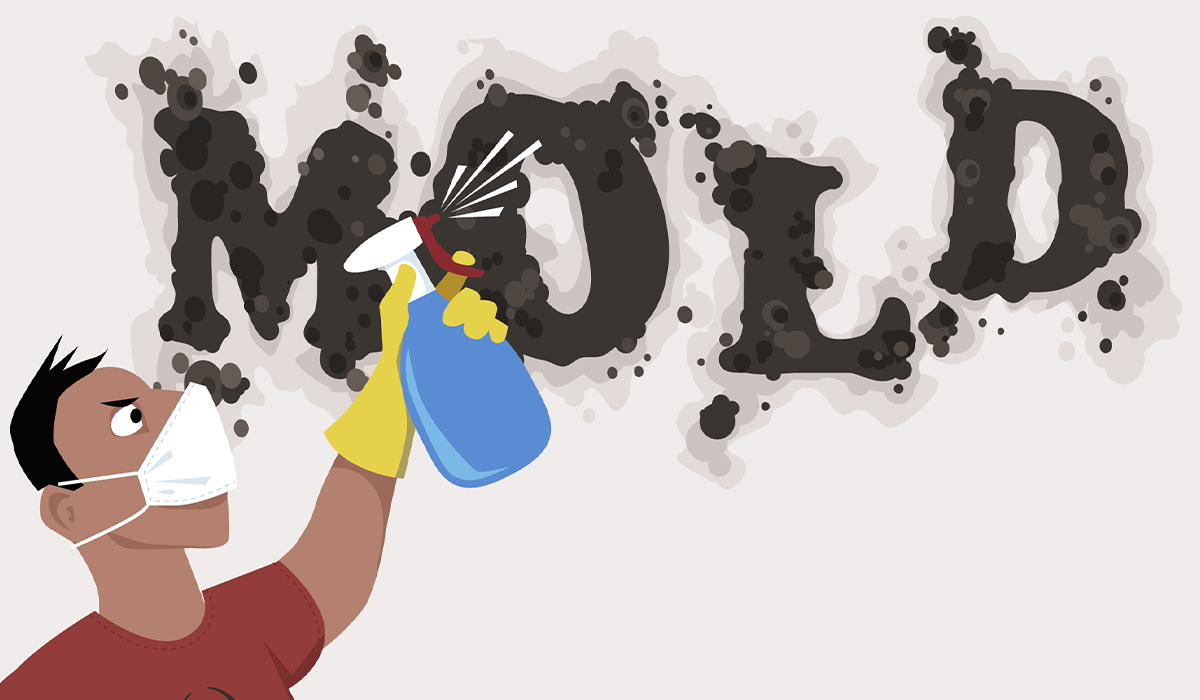
Black mold is a type of fungus that thrives in damp and humid environments. Is it dangerous for health? read more »
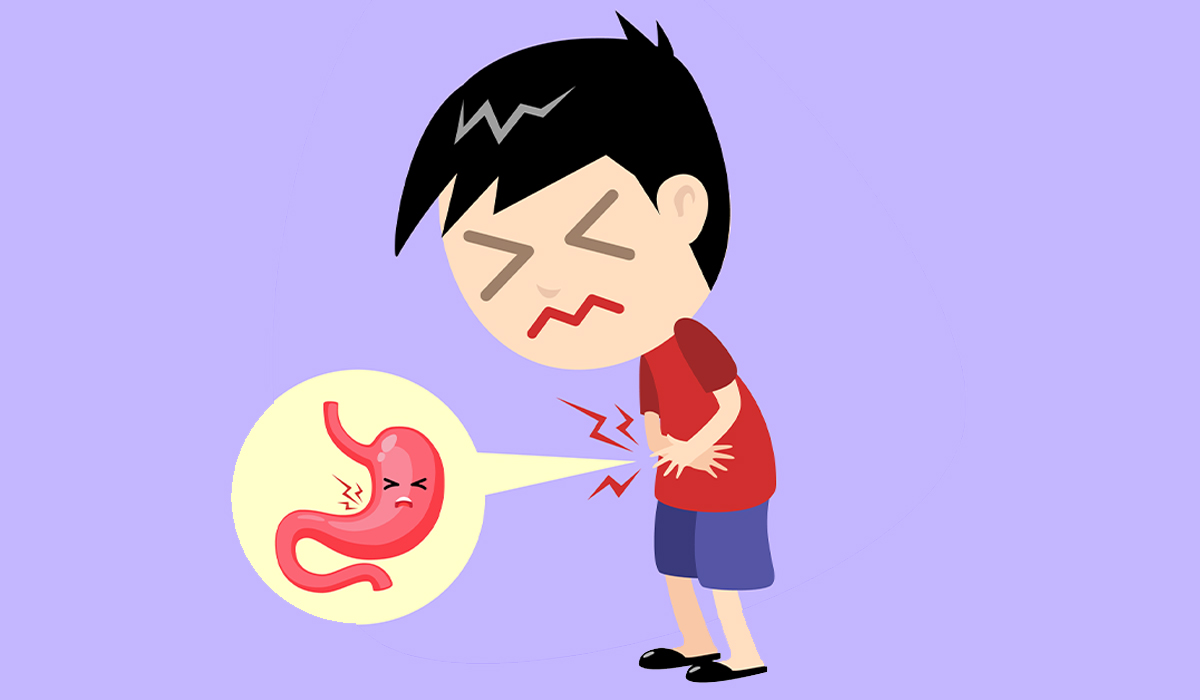
Gastroenteritis is a diarrheal disease. Viral infections are a common cause. How to recognize it? How is gastroenteritis treated? read more »

Diarrhea is usually a symptom of a gastrointestinal infection. It is characterized by excessive excretion of stool with a loose… read more »
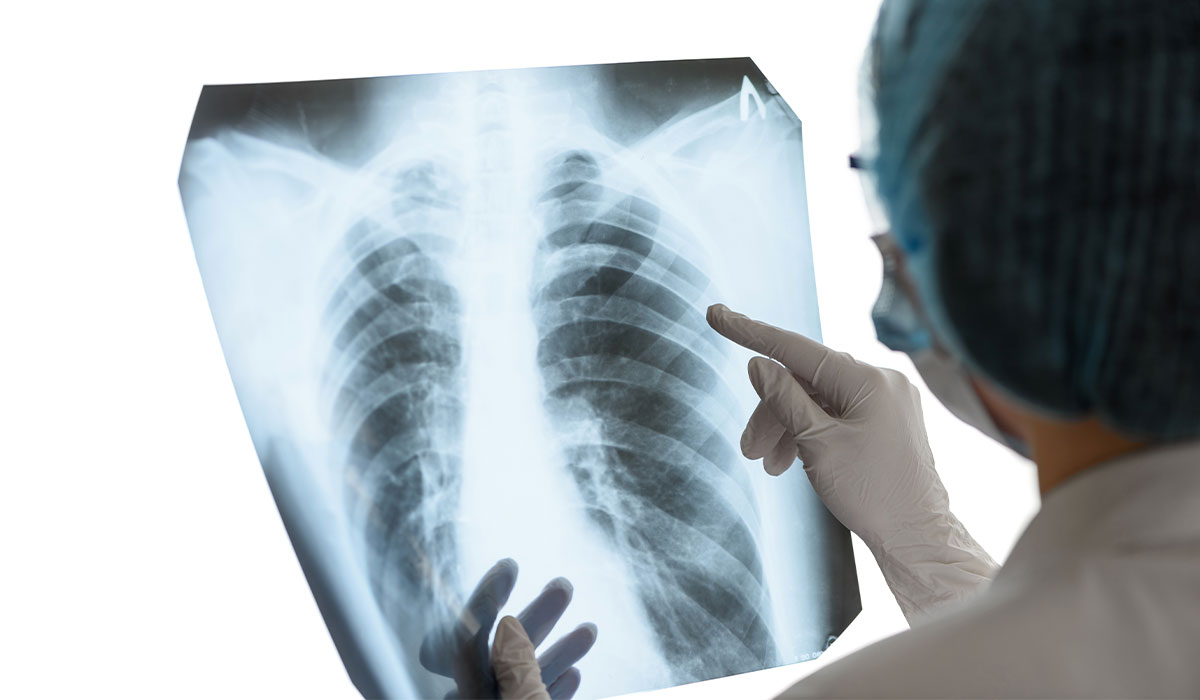
Pneumothorax is a condition that develops as a result of air entering the pleural cavity. What are the causes and… read more »
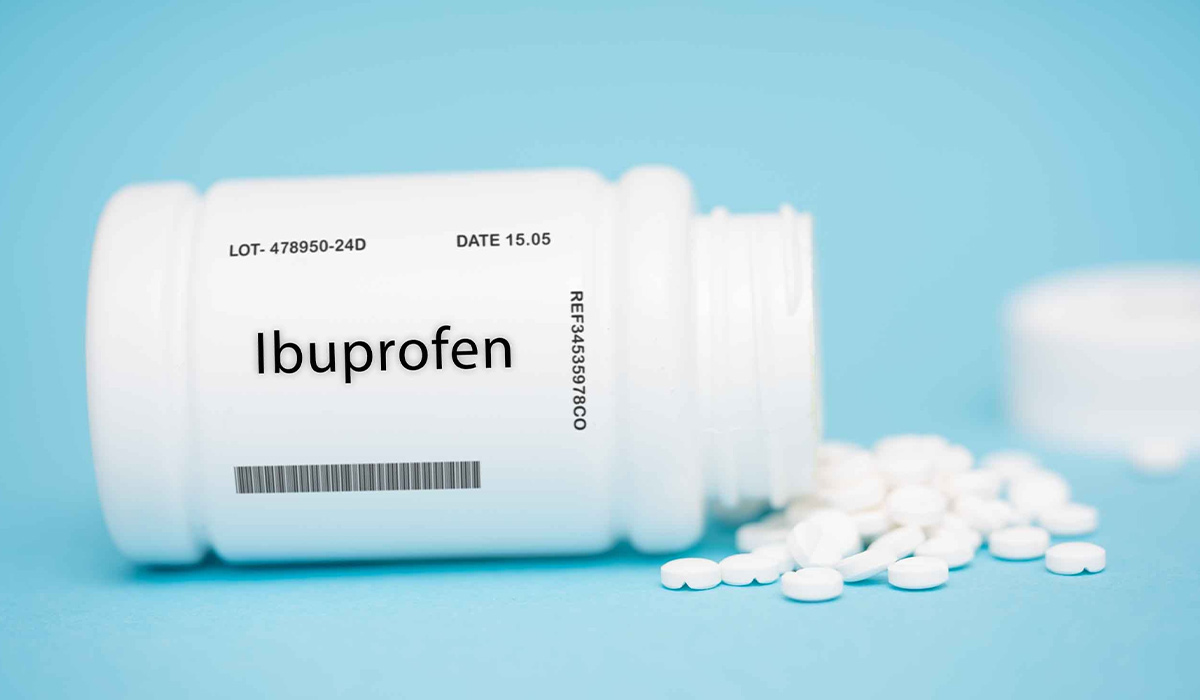
Ibuprofen is used for various types of pain, inflammation and fever. It is considered a safe drug, but has side… read more »

Rhabdomyolysis is a disease in which skeletal muscle breakdown occurs, which is dangerous in its consequences. Learn about the causes… read more »